Minimalism is known to be white monochromatic design style, but colour plays a significant role in how we perceive and experience our surroundings.
In minimalist design, the goal is to select colours that evoke a sense of tranquillity, simplicity, and harmony. One of the most profound and simple décor advice is to choose two neutral colours and pair them with two or three colours. Spot two dominant colours that stand out in your room and those may be your main colours if you have no desire to change them.
The impact of colour on your mood
Colour creates the mood and aura of a space. They also impact the emotions and perceptions of people. Bright colours can energise and stimulate while soft muted hues soothe and calm. In minimalistic design, the goal is to select colours that promote a sense of calm.
Here are 5 hues you can use from for the walls of your home to achieve a minimalist décor style:
White
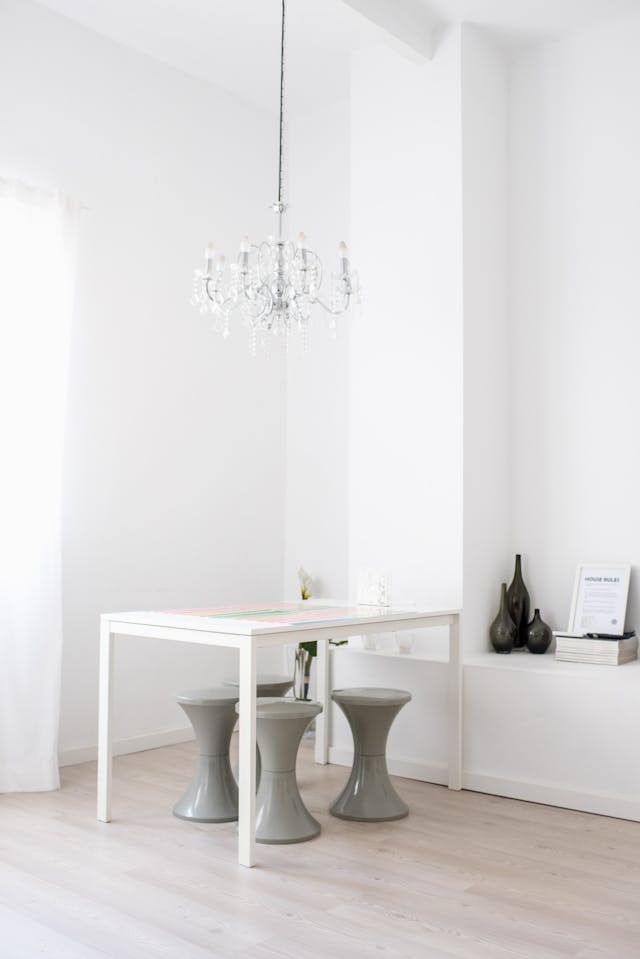
Image credit: Pexels
White can be paired with just about any colour, it also brings beautiful aesthetics to a well designed, colour-coordinated space. According to interior design experts, white blends well with different shades of soft blue, beige and a wooden texture.
Beige
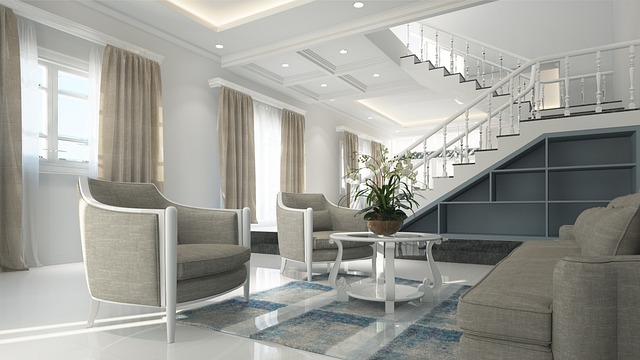
Image credit: Pixabay
As previously mentioned, pairing beige, white and pink gives any space a warm and cosy look. These soft hues blend well together to create a serene environment.
Light blue
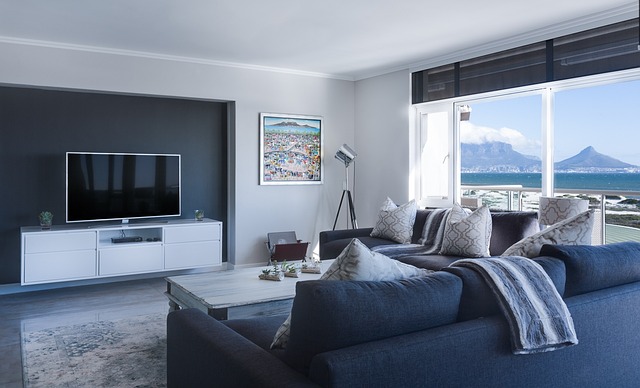
Image credit: Pixabay
Light blue in minimalistic design can be used on a feature wall, for ornaments, cushions and throws. This soft shade of blue pairs well with wooden furniture and shades of white. Including light blue to your minimalistic design brings a fresh perspective to your space.
Charcoal
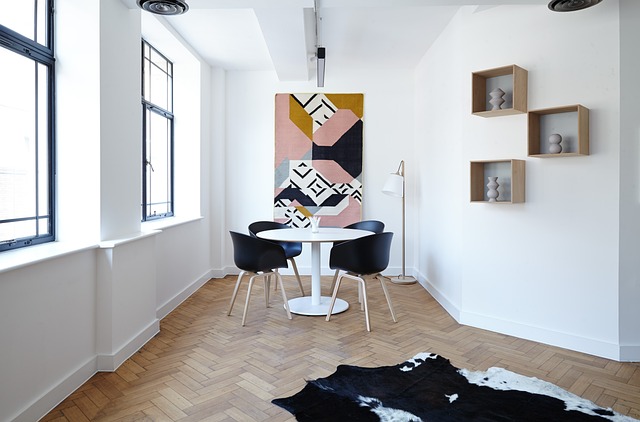
Image credit: Pixabay
Charcoal-black furniture or walls blend well with white and cream. A colour palette of black, white and cream can feel chic and luxurious.
Pink
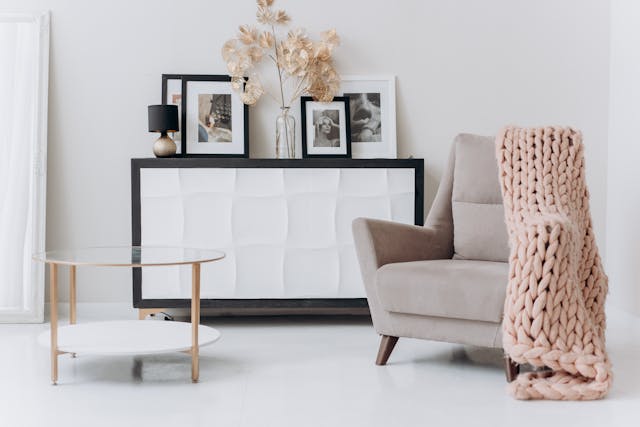
Image credit: Pexels
Soft pastels such as blush pink, pale lavender, and mint green can add a touch of whimsy and romance to a minimalistic interior. These colours are best used sporadically, and paired with a shade of white.
Incorporating colour into minimalist design doesn’t have to compromise its simplicity. Choosing the right hues can elevate a space, creating a mood that is both calming and inviting. Whether you opt for serene whites, earthy neutrals, or soft pastels, each colour adds a unique layer to the minimalist aesthetic.
Experimenting with subtle shades allows you to personalise your space while maintaining a balanced, tranquil environment. Remember, minimalism isn’t just about fewer items, it’s about creating a space that feels open, intentional, and harmonious.
ALSO SEE:
Feature image: Pixabay

